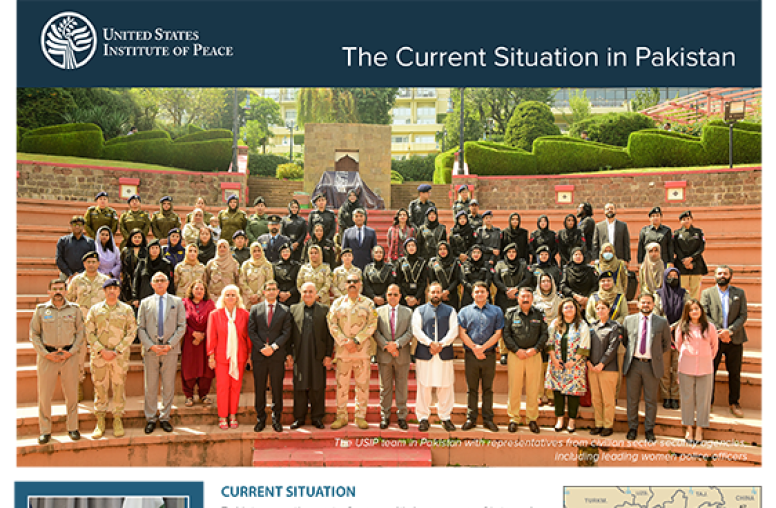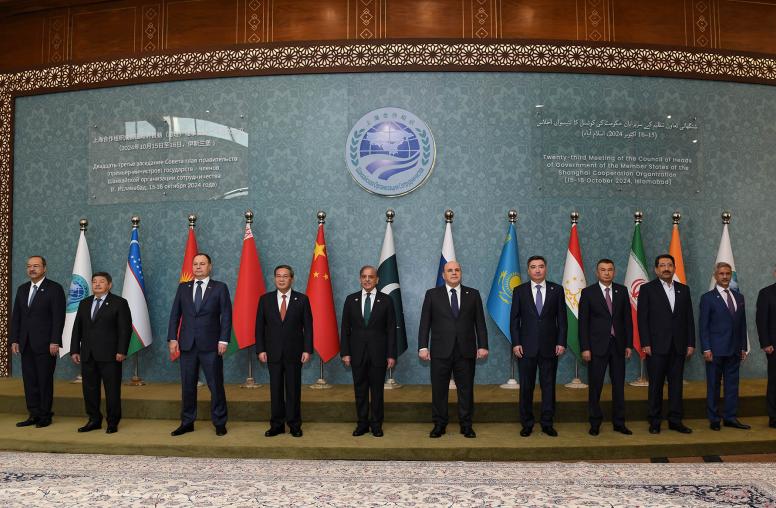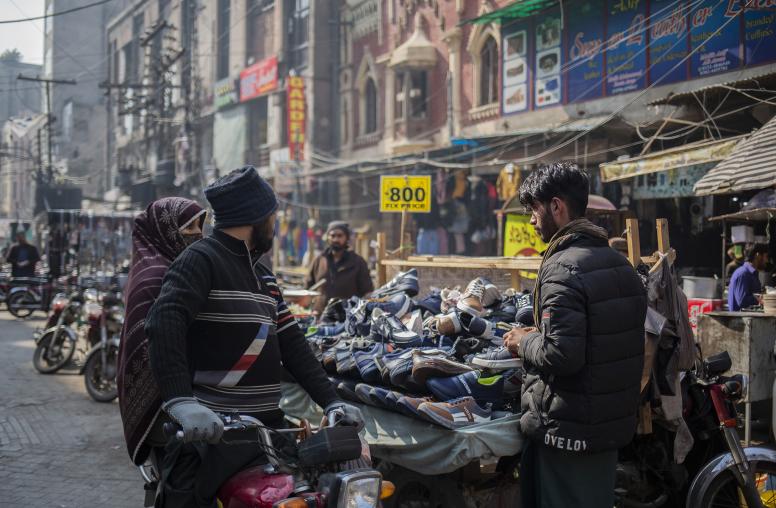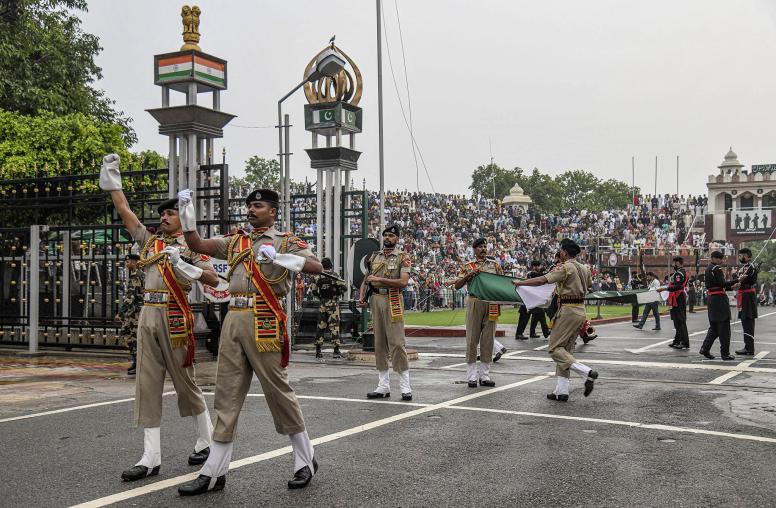
The deaths of more than 150 Shiites in the past four weeks have again set off religious sectarian violence in Pakistan. Dozens of Shiite mosques and neighborhoods and Shiite religious processions in the cities of Karachi, Rawalpindi, and Baluchistan were targeted by Tareek-e Taliban Pakistan, aka the “Pakistan Taliban,” and by the extremist group Lashkar-e Jhangvi.
The assassination of a renowned Shia religious scholar, Allama Aftab Haider Jafri, a senior judge, Zulfiqar Naqvi, and a religious leader, Mirza Shahid Ali, last month in Karachi reflects the high-profile nature – and brazenness -- of these targeted killings. In Rawalpindi, Taliban extremists stopped a public bus and singled out 22 Shiite Muslim passengers and then shot them at point-blank range.
The New York Times on December 3, 2012 reported that “For at least a year now, Sunni extremist gunmen have been methodically attacking members of the Hazara community, a Persian-speaking Shiite minority that emigrated here from Afghanistan more than a century ago. The killers strike with chilling abandon, apparently fearless of the law: shop owners are gunned down at their counters, students as they play cricket, pilgrims dragged from buses and executed on the roadside.”
“The bloodshed is part of a wider surge in sectarian violence across Pakistan in which at least 375 Shiites have died this year — the worst toll since the 1990s, human rights workers say,” wrote New York Times reporter Declan Walsh.
During the month of Muharram, the first month of the Islamic calendar, Shiites in particular have mourning rituals for the first 10 days to commemorate the martyrdom of descendents of the Prophet. During these religious processions, extremists have used remote control bombs or motorcycle suicide bombers to attack participants.
Despite this drumbeat of terrorist attacks against Shiites over the last few years, the government of Pakistan has arrested only about a dozen suspects. Yet, not a single person to date has been charged or held accountable.
Religious sectarian divisions in Pakistan were fomented during General Zia ul-Haq’s reign, when he patronized and promoted certain orthodox Sunni sects and supported the training of jihadists for the war in Afghanistan from 1978 through 1988. Simultaneously, as the ‘Wahabbi-Iranian’ cold war played out in Pakistan, ad hoc militia groups were established to fight and terrorize each other’s neighborhoods.
Pakistan’s religious extremism and sectarianism are furthered complicated by external and internal factors: economic crises, border disputes, cross-border trafficking, war on terror, and international interference in domestic matters rising inequality, religious intolerance, marginalized youth, and the escalation of urban violence by militant groups.



